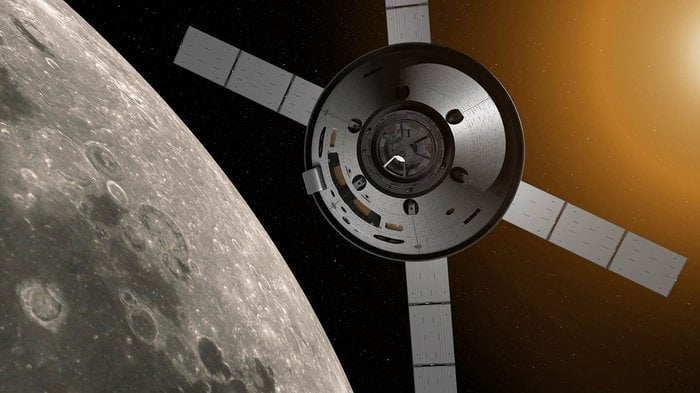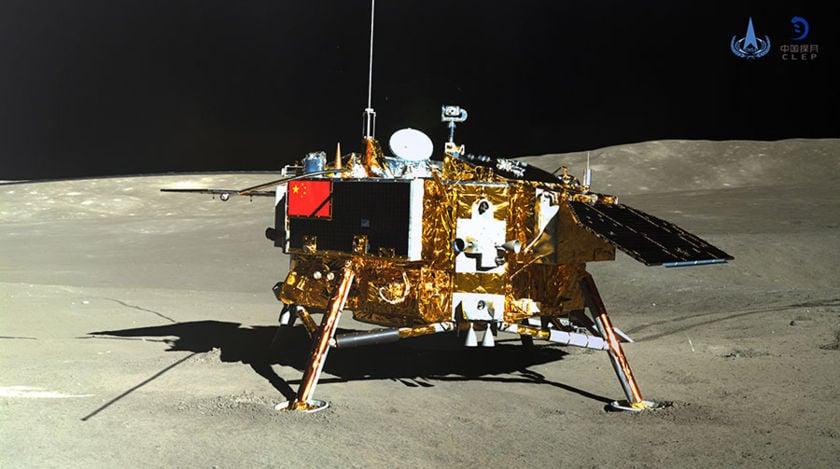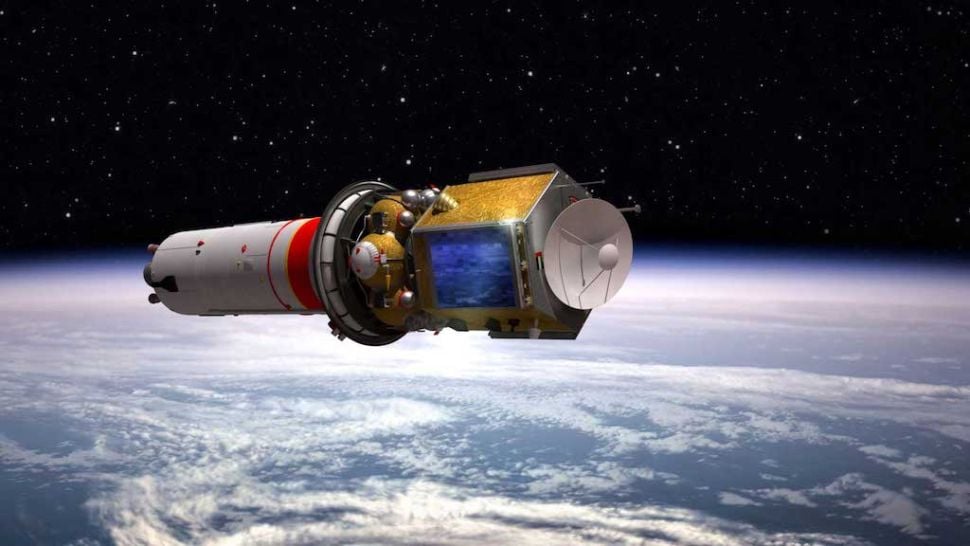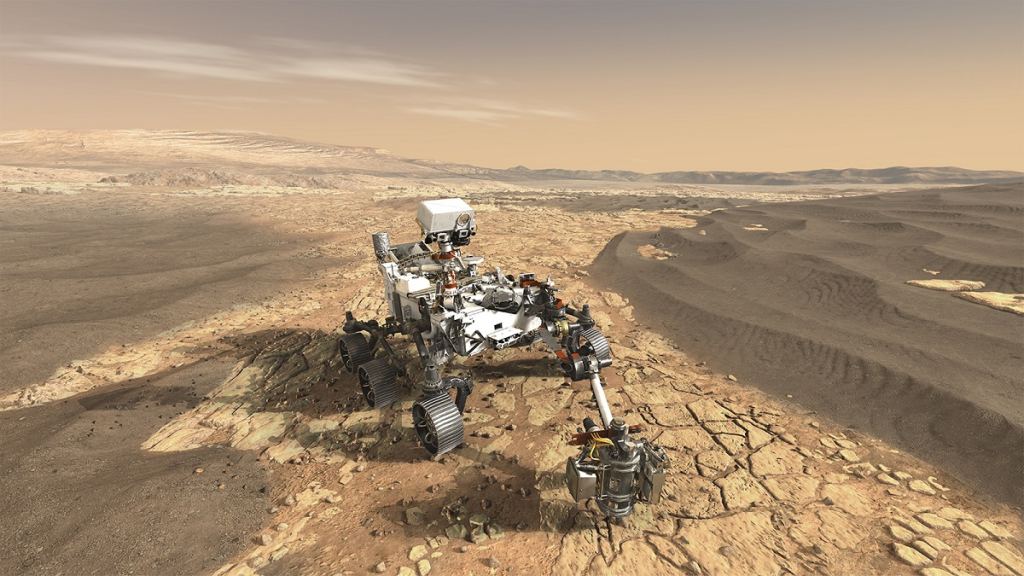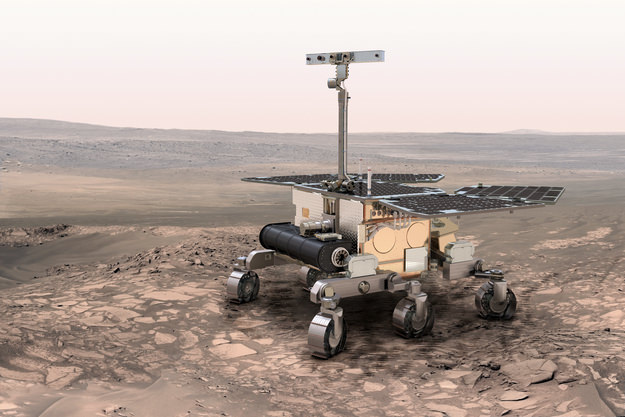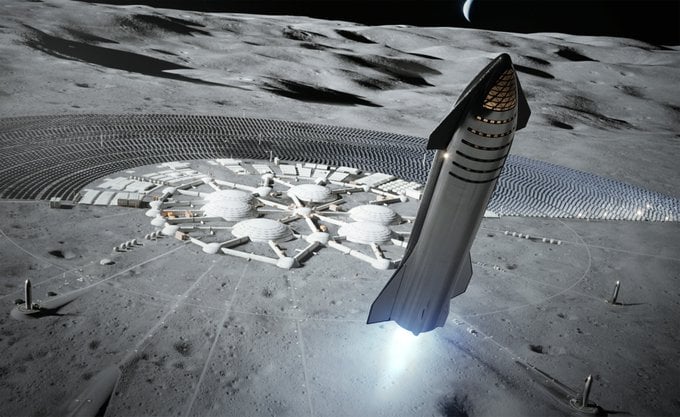The year two thousand and twenty is almost upon us. And as always, space agencies and aerospace companies all around the world are preparing to spend the coming year accomplishing a long list of missions and developments. Between NASA, the ESA, China, SpaceX, and others, there are enough plans to impress even the most curmudgeonly of space enthusiasts.
While it is tough to summarize them all briefly, 2020 is expected to be the year where several major milestones are achieved. These will include the restoration of domestic launch capability to the United States, the deployment of new robotic missions to the Moon and Mars, the rise of the satellite internet market, and more steps taken that will eventually lead back to the Moon and on to Mars.
Here's a rundown of the missions that are sure to be the highlights of 2020 (in alphabetical order):
Artemis 1
First and foremost, the year 2020 will see NASA's taking the first major step on the road that will take it back to the Moon, otherwise known as Project Artemis. After years of preparation, testing, and unfortunate delays, the Space Launch System (SLS) and the Orion Multipurpose Crew Vehicle (MPCV) will be making their inaugural flight together.
Known as Artemis 1 - aka. Exploration Mission-1 (EM-1) - this mission will be the second planned flight involving an uncrewed Orion capsule and the first time the spacecraft is sent to the Moon. The launch will take place in November 2020 (at the earliest) from Launch Complex 39B at the Kennedy Space Center in Florida and is expected to last three weeks.
During this time, the Orion will fly to the Moon, spend a total of 6 days in a retrograde orbit, and then return to Earth. The mission will test key systems in the SLS and Orion to determine if they are ready to conduct crewed missions to space and the lunar surface. If all goes well, it will be followed by Artemis 2 - Exploration Mission 2 (EM-2) - which will see a crewed Orion make the trip around the Moon between 2022 and 2023.
Chang'e-5
China has made some very impressive gains in space exploration lately and has many impressive plans for the future. In 2020, many of these plans will be coming to fruition or taking important steps in that direction. First up is the Chang'e-5 mission, the latest installment in the Chinese Lunar Exploration Program, which will launch sometime during the coming year.
Like its predecessor, this mission will consist of a lunar lander and rover that will use a variety of instruments to study the surface. It will also be China's first sample-return mission to be sent to the Moon, which will make it the third nation to do so (after the US and Russia). It is to be followed by three more Chang'e missions, all of which are intended to pave the way for China's first crewed lunar mission.
Hayabusa2 Returns
In June of 2018, the Hayabusa2 mission rendezvoused with the asteroid Ryugu, becoming the second mission sent by JAXA to a near-Earth asteroid. Following in the footsteps of its predecessor (Hayabusa), the mission surveyed the asteroid using a series of robotic landers and obtained samples from the surface for eventual return to Earth.
In November of 2019, Hayabusa2 left orbit around Ryugu and began making its way home. In late 2020, it will return to Earth carrying its samples of Ryugu's surface, which scientists will analyze in the hopes of learning more about the early history of the Solar System - which could include details about its formation and subsequent evolution.
Hope Mars Mission
If there's one thing the modern space age is known for, its the way that more nations are taking part like never before. And 2020 will be the year that the United Arab Emirates, an upstart power in space, will send the *Hope Mars Mission* (a robotic probe) to Mars. This will be the first mission to Mars by any Arab or Muslim majority country.
Once it reaches Mars, the probe will study the Martian atmosphere and provide details regarding the daily climate, the nature of Martian weather in different locations, seasonal cycles, and major events like dust storms. Ultimately, the probe is intended to help shed light on enduring questions about Mars' atmosphere, like how it is losing hydrogen and oxygen to space and why it experienced such dramatic climate change in the past.
HX-1
Another major milestone that is planned for 2020 is China's plan to deploy an orbiter and rover to Mars. Known as the Mars Global Remote Sensing Orbiter and Small Rover (HX-1), the mission is planned to be launched in July or August of 2020 and will reach Mars in February of 2021. Once there, it will join its NASA and ESA companions, assessing the environment and searching for evidence of past and present life.
Mars 2020
NASA will be launching the next mission in its Mars Exploration Program this coming year. Known as the Mars 2020* rover (an official name is still in the works), this robotic explorer will follow in the footsteps of its sister-mission Curiosity*. Its main objectives will be to gather evidence of the history of Mars and looking for evidence of past (and possibly present) life.
The planned launch will take place on July 17th, 2020, and the rover will land on Mars by February 18th, 2021, in the Jezero crater. This region contains a fan-delta that is believed to have been created flowing water, is rich in clays and minerals and is thought to be an ideal place to find the fossilized remains of ancient life.
The samples it collects will be placed in a cache for retrieval by an eventual crewed mission (still planned for sometime in the 2030s) and then returned to Earth for analysis. The rover will use many of the same components as the Curiosity mission but will also carry new instruments like a core drill and a helicopter drone.
OSIRIS-REx
Speaking of sample-returns, NASA's Origins, Spectral Interpretation, Resource Identification, Security, Regolith Explorer (OSIRIS-REx) mission will make its closest approach to asteroid Bennu in July of 2020. Descending to the surface, the robotic spacecraft will extend its TAGSAM robotic arm and gather samples of regolith. These samples will be returned to Earth by 2023 for analysis.
Rosalind Franklin
The ESA will also be sending another robotic explorer to Mars in the coming year as part of the ExoMars program (which is by the ESA and Roscosmos). Previously known as the ExoMars 2020 rover, this mission is now known as the *Rosalind Franklin* - an English chemist whose research revolutionized our understanding of molecule structures, viruses, and how DNA and RNA work.
This name was selected since the Rosalind Franklin* (like Curiosity and Mars 2020*) will be searching for evidence of past life on Mars. It is scheduled to launch in July 2020 and will rely on an ESA carrier module and Russian lander (Kazachok) to reach the surface. Once there, the ESA's *Trace Gas Orbiter* (which arrived around Mars in 2016) will operate as the rover's relay satellite.
Tiangong-3
In the coming year, China also plans to test a new generation of crewed spacecraft that will take its taikonauts to orbit, to the Moon, and beyond. They also plan to commence construction on the Chinese large modular space station (aka. Tiangong-3), which will begin with the launch of the Tianhe Core Cabin Module (though its possible that this will be delayed until 2021).
Space Internet
The years 2020 will also be the year that satellite-based internet services become a reality. Having already commenced with the deployment of their Starlink network with the launch of the first two batches of satellites in 2019, SpaceX plans to begin offering broadband services with the launch of an additional 720 upgraded satellites by the end of 2020.
By late 2020, OneWeb also hopes to begin offering satellite-internet services with the deployment of the first 300 or so satellites that will make up its constellation. The first batch is scheduled to go up in January of 2020, which will offer low-latency broadband services to the US and its territories. The OneWeb constellation is expected to grow to over 600 satellites by the end of the year.
Starship and Dragon 2
Elon Musk and his colleagues at SpaceX also have some bold plans for 2020. As part of NASA's Commercial Crew Development (CCD) program, the company is scheduled to conduct its first crewed flights with the *Dragon 2* spacecraft. Combined with the launch of the SLS, this will effectively restore human spaceflight capability to the US, which it has not had since the retirement of the Space Shuttle in 2011.
By November, SpaceX also hopes to be conducting the next phase of testing with the Starship and Super Heavy* launch system. This will consist of high altitude, high-velocity flights using the Starship Mk. 2*, tests involving the first constructed Super Heavy* booster. It is also possible that orbital flights involving the Starship Mk. 3* could be taking place at this time.
These tests will place SpaceX and the Starship/Super-Heavy on track to accomplish their first lunar landing by 2022, their first circumlunar flight by 2023 (the #dearmoon campaign), and sending crews to the lunar surface by 2024. They will also be a major step towards the realization of Elon Musks' long-term goal of sending the first humans to Mars and creating a base there (which he hopes to do before the 2020s are out).
These and other missions await us in the coming year. I think we can all agree that it can't get here fast enough!
 Universe Today
Universe Today

